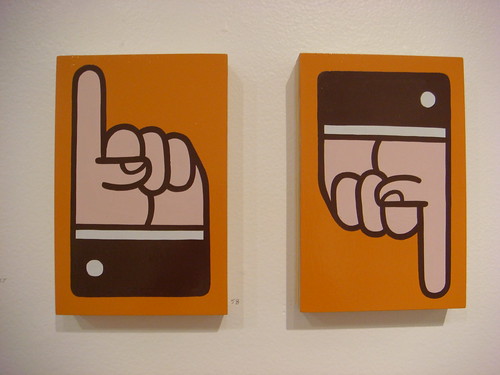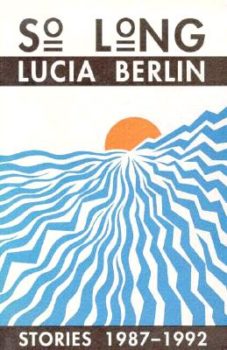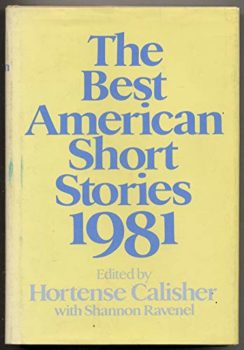When media outlets that cover the American publishing industry report on book sales and e-books “vs.” print books, they often cite percentages of sales increases and sales decreases as evidence of the current state of affairs. In reality, percentages don’t and can’t offer a full picture.
The Association of American Publishers (AAP) recently released book sales data for November 2011. The e-newsletter Shelf Awareness had this to say about the AAP report:
E-books yet again had the biggest gain, but the 65.9% increase marked a slowing of what had been triple-digit increases for most of the preceding several years. In a related note…adult hardcovers were off 20.9%.
Over at Media Bistro’s GalleyCat, editor Jason Boog employed even stronger language:
According to the latest Association of American Publishers (AAP) net sales revenue report, adult hardcover sales plunged 20.9 percent in November 2011…
Those increases and decreases in percentages make things seem pretty gloomy for traditional books, don’t they? But what do those percentages mean in terms of real money? Let’s parse that data:
- E-books’ 65.9% increase resulted in a total of $77.3 million in sales in November 2011.
- Adult Hardcover’s 20.9% decrease resulted in a total of $174 million in sales in November 2011.
So when the actual sales figures—rather than just the sales percentages—are considered, we find that the income from adult hardcover books sales was more than double that of e-book sales. Yet it would be hard to glean that conclusion from a headline like GalleyCat’s “Adult Hardcover Sales Down Nearly 21%,” wouldn’t it?
It’s also worth noting that adult paperback sales were down 3.7% in November 2011, yet brought in $77.8 million—still slightly more than the $77.3 million brought in by e-books.
 At some point, the book publishing industry must stop and make a hard study of the newspaper industry.
At some point, the book publishing industry must stop and make a hard study of the newspaper industry.
Newspapers across the country have less money to pay for good writers because, in part, they have lost so much advertising revenue since the rise of the Internet. Websites from Craigslist to Monster.com have all taken a massive bite out of crucial traditional newspaper advertising income. That’s fine, many people say; that’s change. But the reality is also that no comparable funding model has risen to take the place of that lost newspaper advertising income. In the 2011 documentary Page One: Inside the New York Times, NYT media reporter David Carr notes that the audience that brings a newspaper one dollar in print brings them “a dime and sometimes a penny on the web.” One of the results of less newspaper advertising revenue is more and more journalism without journalists.
So what does this mean in terms of book publishing?
Well, if e-books can have a sales increase of 65.9% in the same month that hardcover books have a 20.9% sales decrease—yet those e-books earn only half as much money as hardcover books—how long can authors expect to earn a pittance in royalty income in an all-e-book world, much less ever expect to receive that often-crucial advance? It raises the question: are authors who cheer for the death of print books actually cheering for a future of novels without novelists?
Finally, the Association of American Publishers’ report also noted that the “65.9% increase [in e-book sales] marked a slowing of what had been triple-digit increases for most of the preceding several years.” With Amazon—the forceful leader of the e-book revolution—suddenly on the hook for tens, if not hundreds, of millions of dollars in state taxes across the country, we can only speculate if the current e-book model is here to stay or just another dot-com bubble waiting to burst.






